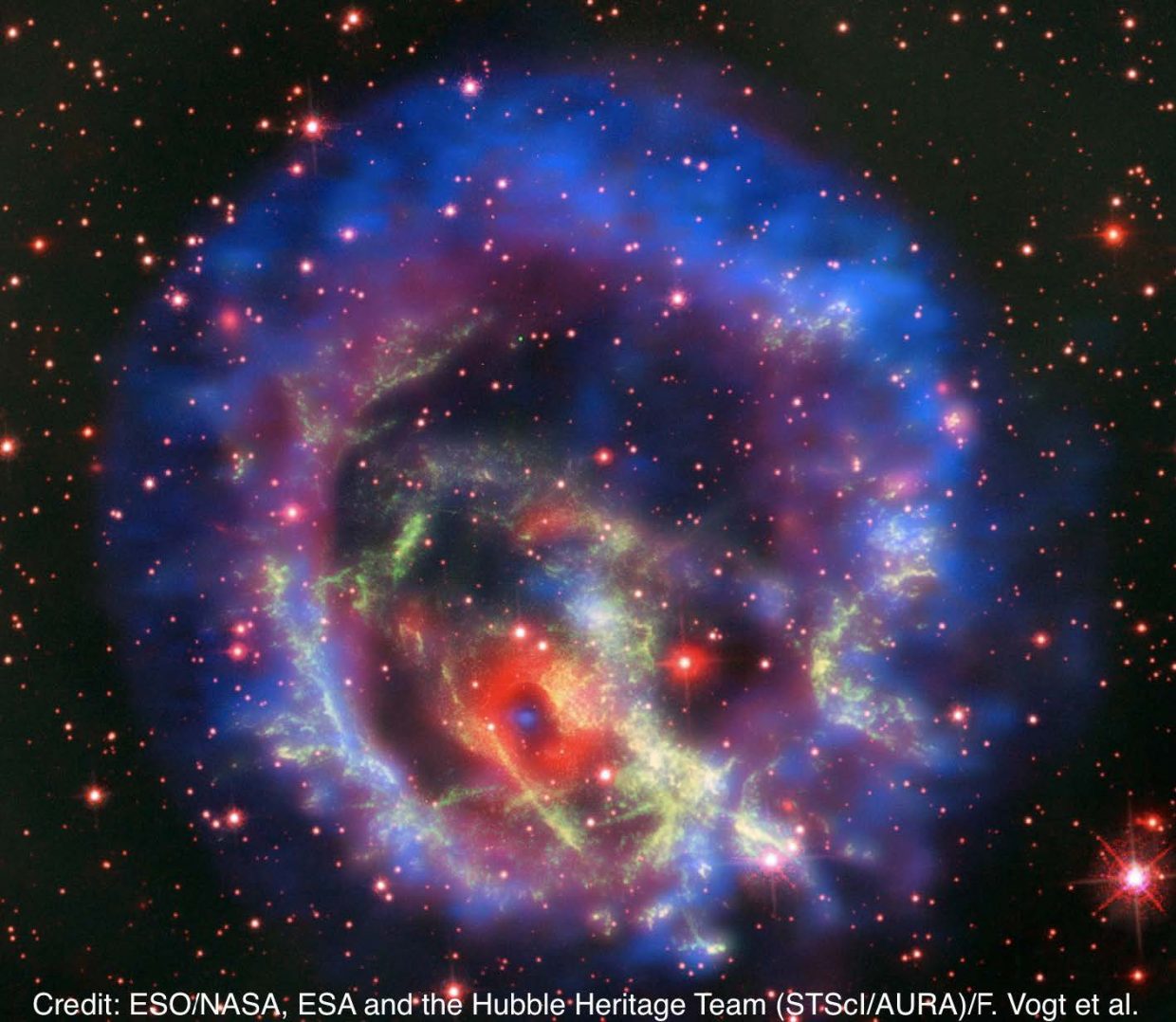Meet the Editor: Q&A with Ivo Seitenzahl, Editor-in-Chief of the Publications of the Astronomical Society of Australia (PASA)

About Ivo’s Seitenzahl
Ivo Seitenzahl (he/his/him) is a senior lecturer at the University of New South Wales in Canberra at the Australian Defence Force Academy. Previously he was a SkyMapper Fellow at the Research School for Astronomy and Astrophysics at the Australian National University. Ivo has also worked at the Institute for Theoretical Physics and Astrophysics at the University of Würzburg and he was an Emmy Noether postdoctoral fellow at the Max Planck Institute for Astrophysics in Germany. He studied at the University of Arizona and the University of Chicago, where he obtained his PhD in physics in 2008.For his research Ivo seeks answers to the questions of how the chemical elements are made in exploding stars (supernovae, see Fig. 1), how these supernova explosions work in detail, and what we can learn from the observable remnants (see Fig. 2) they leave behind. In addition to approaching these problems theoretically and numerically with the aid of supercomputers, Ivo enjoys observing supernovae and supernova remnants with ground- and space-based telescopes. Ivo is a proud father of 3 children and in his free time he enjoys gardening, caravan camping, and playing the piano.

For anyone new to Publications of the Astronomical Society of Australia (PASA), can you briefly explain the journal’s aims and scope?
PASA publishes research articles and reviews in the field of astronomy and astrophysics. Within this field, we cover a wide range of topics, including theoretical and computational modelling, observational and survey astronomy, as well as instrumentation and visualisation. We accept submissions from anywhere in the world but we are also proud of our heritage of publishing significant results obtained with Australian research facilities.
What makes the journal stand out in the field of Astronomy & Astrophysics?
Compared to other leading astronomy journals, PASA is a small “boutique” journal in terms of papers published per year. Thanks to the hard work of responsible editors before me, our 2021 impact factor is 6.51, tending upwards.
Why should people submit to Publications of the Astronomical Society of Australia?
As an online-only electronic journal, we can publish accepted papers right away, which ensures a rapid publication rate. The relatively small volume and broad expertise on our editorial board also allow for a personalized experience during the refereeing process. The authors know exactly who the editors are that are handling their submissions. We also offer the option of a doubly anonymous refereeing process, which may appeal to some authors. Last but not least, it’s free for anyone to publish in PASA!








I wish to publish a paper in PASA but when I try to get the Template file for publishing in Latex I get the reply
No file exists for the id: 575ebde6284a79591a8a2918
Could you direct me to the file or provide it as an attchment.
Kind Regards
David